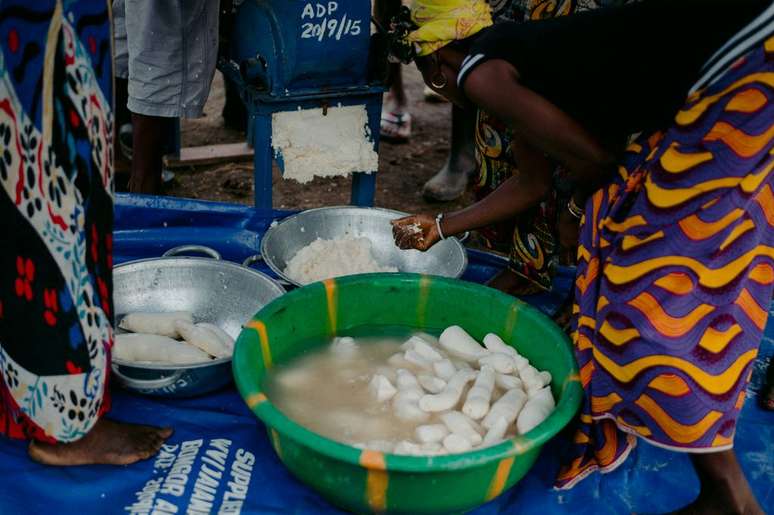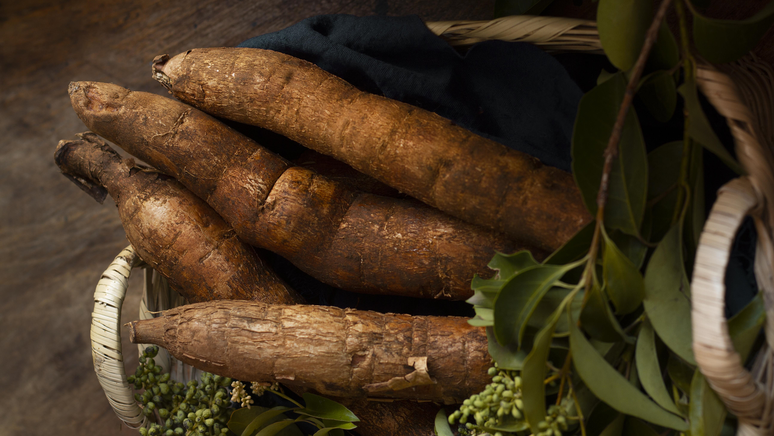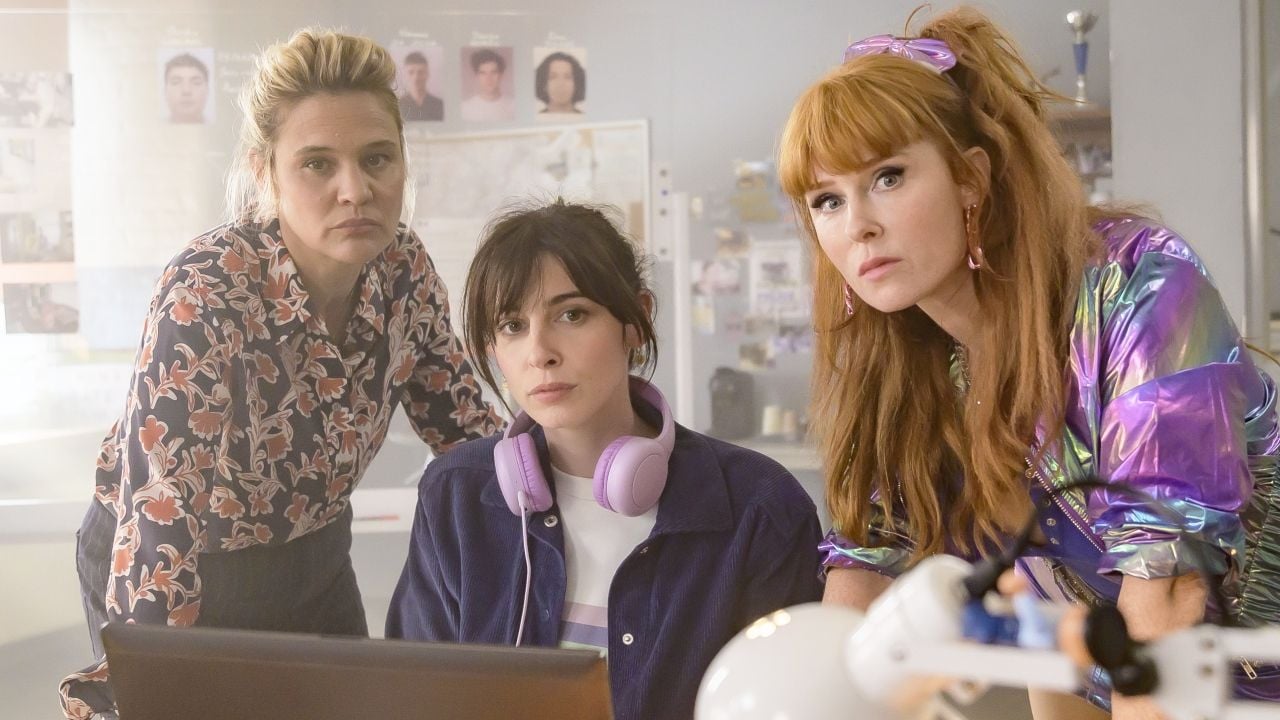To know which plants were safe to consume, humans have had to test, make mistakes, and share successes for thousands of years.
Long before science became popular, how did humans find out whether a certain plant was safe to consume or whether it was toxic and deadly, like cassava? The answer is quite simple: trial and error, with successes shared by the community. This process is part of cultural evolution.
- The man grows one of the most dangerous plants in the world in his living room
- 10 dangerous plants for dogs and cats
The process that made it possible to discover which plants were poisonous in nature is similar to what happens in the evolution of species, proposed by British biologist Charles Darwin.
When something goes really well – a genetic mutation or new behavior – it ends up being passed on to future generations, which can produce impressive results over the years.
Raw cassava is toxic
To understand the concept behind cultural evolution, we can observe the process of “domestication” of cassava, a vegetable native to the Amazon — region occupied for thousands of years – and consumed because it is an excellent source of energy. More recently it is also cultivated in Africa.
Despite the name cassava, there are two different types: soft cassava and wild cassava. Physically, the two are very similar and contain cyanogenic glycoside, a toxic substance that can be lethal, in their roots and leaves. The problem is that the level of this poison is much higher in the “angry” version. However, there is no recommendation to eat them raw.
“The toxicity of cassava leaves, caused by the cyanide content, limits their use in nature. The best form of manipulation to reduce the hydrocyanic acid content is the technique of crushing the leaves before cooking,” says Priscilla Andrade, professor of the Federal Rural University of the Amazon (Ufra), in an article.

To measure, it takes about 50 hours to cook the leaves for safe consumption. Today, knowing the toxin, there is no doubt about the importance of preparation.
However, the first humans to consume cassava ended up developing “rituals” and lengthy preparations that made this consumption safe. These procedures have been perfected over countless generations and thousands of years, without knowledge of the cyanogenic glycoside. Probably, some individuals have died along this journey of knowledge.
Outside of food, humans also had to try, copy the ancients, test other ways, and share knowledge for just about anything, like starting a fire or building an igloo.
Learning experiment
Seeking to demonstrate how a concept – process or knowledge – is improved and refined within a community, researchers at the University of Exeter conducted a small experiment to understand how humans learn complex concepts. The study was published in the journal Nature Human Behavior.
As part of the test, participants were challenged to place weights on the spokes of a wheel to increase speed during the descent. The knowledge gained was passed on to the next “player”, making him faster than the first generation group. This was done even though they didn’t understand why it worked so well.
“Optimized technologies emerge through the maintenance of small improvements across generations, without requiring understanding how these technologies work,” the researchers explain.
Through the experiment, the authors report demonstrating how a “physical artifact is progressively optimized over generations of learning in the absence of explicit causal understanding.” The same path applies to discovering which plants were poisonous and how to consume them safely, before the knowledge of modern science.
Source: Nature Human Behavior, BBC AND Ufra
Trends on Canaltech:
- LG launches the Bi-Split Frio air conditioner capable of cooling two rooms
- After all, Galaxy S22 could receive Galaxy AI
- WhatsApp will be able to transcribe audio on Android
- WhatsApp closes by itself? The bug irritates users this Wednesday (20)
- GTA 6 could arrive as early as February 2025
Source: Terra
Rose James is a Gossipify movie and series reviewer known for her in-depth analysis and unique perspective on the latest releases. With a background in film studies, she provides engaging and informative reviews, and keeps readers up to date with industry trends and emerging talents.






